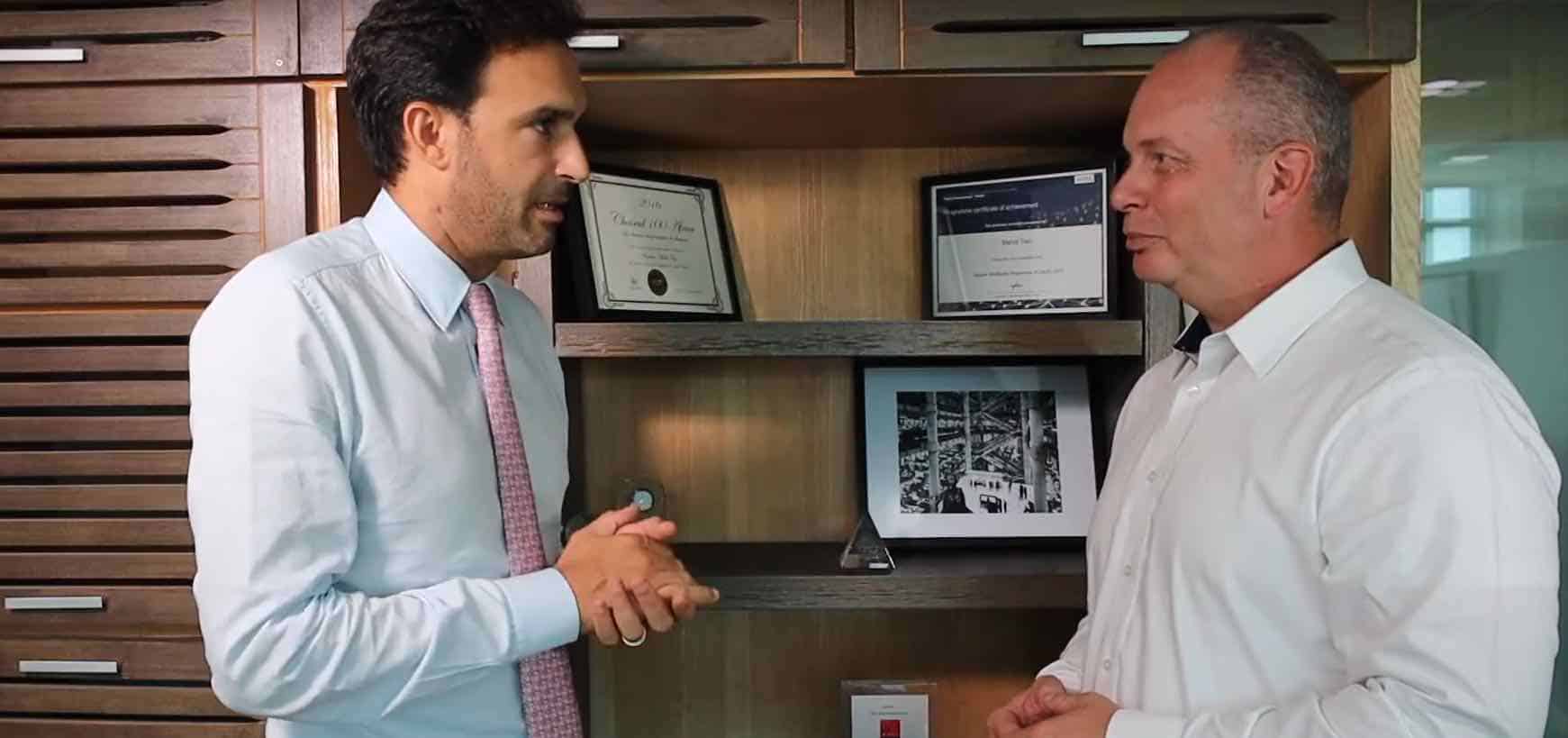
JH: In a recent international leadership survey, over 80% of CEOs answered that they do not have the talent to execute their current corporate strategy. What is your opinion on how such a staggering statistic could come out of the leadership survey, and what would be some possible solutions?
MT: The world is moving so fast. People that you find within your organization may not have the skillsets required to execute your corporate strategy because they are stuck in past practices and education. For instance, IT was a big topic 20 years ago. I used to have a computer, and the “IT system” that we all worried about was the complexity of email and honestly that it was quite easy. But today, it is entirely different when you consider transforming your company from old methodologies to emerging technologies; you need skillsets that you won’t necessarily find within the organization talent pool you currently have.
JH: As a leader, what are some of the things you think of when trying to avoid stagnation in development?
MT: From a global perspective, the location of employees is something to consider when thinking about retention and job satisfaction. For example, I know that in the United States, new generations of employees may average changing jobs up tp to eleven times in a career. In Europe, for instance, in France, and even in North Africa, changing jobs is only three to four times in a career. From a diversity of experience perspective, I think the U.S. has it right. In Europe and North Africa, with limited employee changeover, there can be consequences. The unintended consequences mean that they could stay in one job for 10 to 15 years. Go back 10 to 15 years from now and think of how we used to do business was the context of leadership and required experiences.
JH: What is a core message you would give leaders to avoid becoming a part of this problem CEO’s face today?
MT: Someone who does not attend professional development every few years will find themselves unable to understand and execute on what anything that a CEO would require in conducting a corporate strategy based on current business conditions. Another point to consider is that many CEOs may not have the skills themselves to handle today’s dynamic environment. Do CEO’s have an understanding of what’s happening today and how things will move forward? The failure of Kodak senior executive’s ability to see the changing landscape is a classic example of why organizations need to consistently look forward and develop the team with a next practice mindset.
JH: You can summarize this by saying there’s a danger of having a fixed mindset instead of a growth mindset. And it’s a dangerous thing for CEO’s to become comfortable; we find the successful ones continue to grow every day.
MT: But no one can today say that whatever business you are in, whether it’s banking, telecom, insurance, energy, you name it, everything will change over the coming years. Change is the only constant. The future is being pulled forward at a rapid pace, unlike ever before me. You have just got to be ready for it.
What are your thoughts on the talent gap issue? Post your comments below and let us begin building a tribe of people who have a passion for followership, mentorship, and leading!
This website uses cookies.